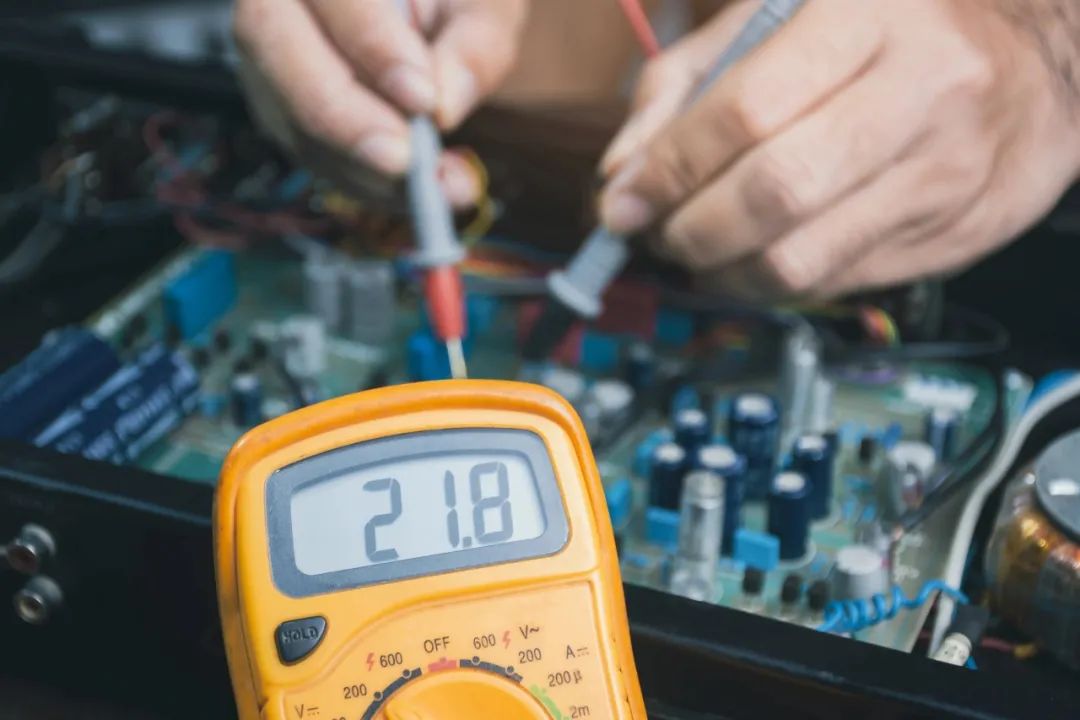In the daily management of laboratories, the diagnosis and repair of instrument equipment is an important task. With the increasing variety of equipment, the characteristics of faults are also showing a trend of diversification. This article will systematically introduce the fault diagnosis process and repair methods for instrument equipment, providing practical references for laboratory management.

Systematic Method for Fault Diagnosis
A scientific approach to fault diagnosis requires following the basic process of “Inquiry-Observation-Measurement-Repair”.
First, it is essential to understand the equipment’s usage and the symptoms of the fault in detail, including any abnormal signs before the fault occurred; secondly, carefully observe changes in the equipment’s appearance, such as loose parts, unusual odors, etc.; finally, conduct measurement and analysis using professional instruments to gradually determine the fault location.
Common Fault Types and Cause Analysis
Instrument equipment faults mainly arise from three aspects. First are environmental factors, including abnormal temperature and humidity, unstable power supply, and electromagnetic interference causing damage. High-temperature and humid environments can lead to component overheating and circuit board corrosion, while unstable power supply may burn out critical components.
Secondly, improper human operation is a major source of faults. Many issues stem from not strictly following operating procedures, such as using the equipment without preheating or ignoring warning signals. Accidental liquid ingress into the equipment, causing corrosion, is also a common problem.
The third category is quality issues with the equipment itself. This includes factors such as component aging, mechanical wear, and manufacturing process defects. Common issues like poor contact in potentiometers, performance degradation of semiconductor devices, and cold solder joints can lead to equipment failure.
Detailed Explanation of Professional Repair Methods
1. Visual Inspection Method
The visual inspection method is suitable for obvious mechanical faults and simple circuit problems. By observing gear wear, broken drive belts, or checking blown fuses and contact oxidation, one can often quickly identify the problem. The characteristics of a blown fuse can also provide important clues about the nature of the fault.
2. Substitution Method
The substitution method is an effective solution for dealing with parts shortages. When original parts are not available, one can choose components with similar parameters as substitutes. For example, a potentiometer can use a model with similar power but slightly higher resistance, while transistors need to consider parameters like voltage rating and breakdown current.
3. Comparison Method
The comparison method is particularly useful in situations lacking technical documentation. By comparing the normal circuits of the same model equipment or utilizing the symmetrical characteristics of circuits, one can infer the parameter requirements of the faulty components.
4. Measurement and Analysis Method
The measurement and analysis method is a systematic approach for handling complex faults. By measuring the voltage at key points with a multimeter, observing signal waveforms with an oscilloscope, and gradually narrowing down the fault range in conjunction with the circuit schematic, one can ultimately identify the problematic component.
Repair Work Recommendations
To ensure effective repairs, it is recommended that repair personnel pay attention to the following points:
1. Establish a complete fault record system, including fault phenomena, treatment methods, and effect evaluations.
2. Continuously monitor the technical characteristics of new devices and timely update repair knowledge and skills.
3. Emphasize preventive maintenance, regularly check easily worn parts, and reduce the likelihood of unexpected faults.
Through systematic fault diagnosis and scientific repair methods, most instrument equipment faults can be addressed promptly and effectively. This not only ensures the normal operation of laboratory work but also extends the lifespan of the equipment and improves the return on investment in equipment.

Click the image above
To enter the “Yiwibao” platform